Waleed A. Mustafa
Method and System for Image Analysis to Detect Cancer
Aug 26, 2019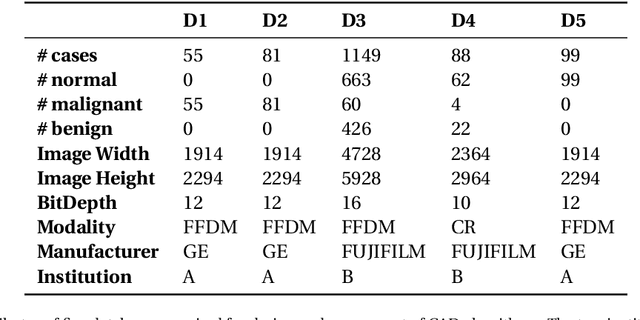

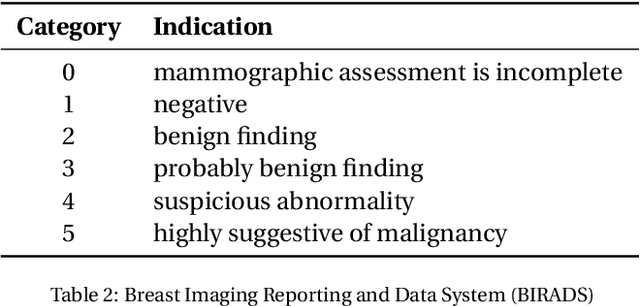
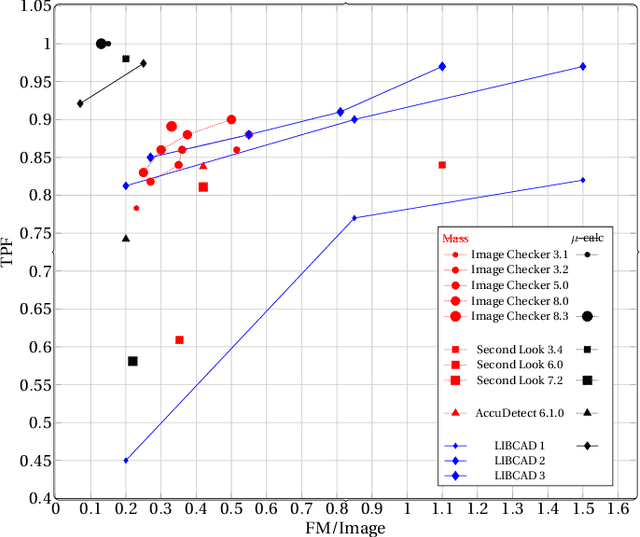
Abstract:Breast cancer is the most common cancer and is the leading cause of cancer death among women worldwide. Detection of breast cancer, while it is still small and confined to the breast, provides the best chance of effective treatment. Computer Aided Detection (CAD) systems that detect cancer from mammograms will help in reducing the human errors that lead to missing breast carcinoma. Literature is rich of scientific papers for methods of CAD design, yet with no complete system architecture to deploy those methods. On the other hand, commercial CADs are developed and deployed only to vendors' mammography machines with no availability to public access. This paper presents a complete CAD; it is complete since it combines, on a hand, the rigor of algorithm design and assessment (method), and, on the other hand, the implementation and deployment of a system architecture for public accessibility (system). (1) We develop a novel algorithm for image enhancement so that mammograms acquired from any digital mammography machine look qualitatively of the same clarity to radiologists' inspection; and is quantitatively standardized for the detection algorithms. (2) We develop novel algorithms for masses and microcalcifications detection with accuracy superior to both literature results and the majority of approved commercial systems. (3) We design, implement, and deploy a system architecture that is computationally effective to allow for deploying these algorithms to cloud for public access.
Nested Cavity Classifier: performance and remedy
Aug 08, 2019

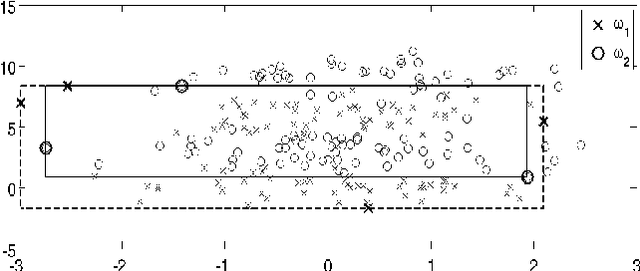
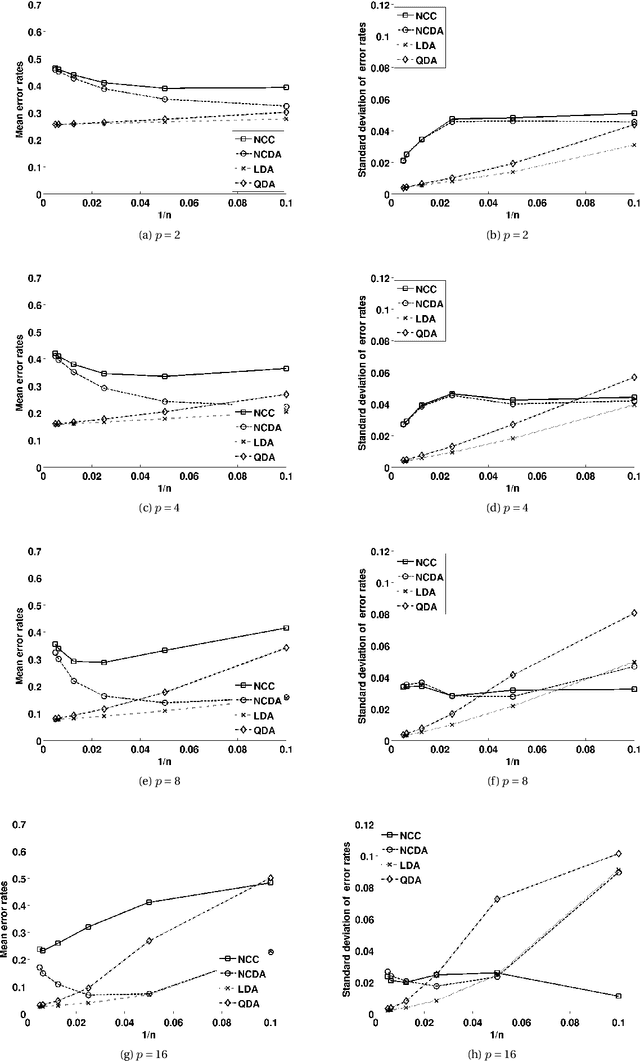
Abstract:Nested Cavity Classifier (NCC) is a classification rule that pursues partitioning the feature space, in parallel coordinates, into convex hulls to build decision regions. It is claimed in some literatures that this geometric-based classifier is superior to many others, particularly in higher dimensions. First, we give an example on how NCC can be inefficient, then motivate a remedy by combining the NCC with the Linear Discriminant Analysis (LDA) classifier. We coin the term Nested Cavity Discriminant Analysis (NCDA) for the resulting classifier. Second, a simulation study is conducted to compare both, NCC and NCDA to another two basic classifiers, Linear and Quadratic Discriminant Analysis. NCC alone proves to be inferior to others, while NCDA always outperforms NCC and competes with LDA and QDA.
 Add to Chrome
Add to Chrome Add to Firefox
Add to Firefox Add to Edge
Add to Edge